Ückendorferstraße 243, 45886 Gelsenkirchen
Icon legend
![]() This icon indicates an awarded building
This icon indicates an awarded building
![]() This icon indicates a listed building
This icon indicates a listed building
![]() Projects with this logo are on the UNESCO World Cultural Heritage list
Projects with this logo are on the UNESCO World Cultural Heritage list
![]() Project has been converted, renovated or extended
Project has been converted, renovated or extended
x close
![]()
![]()
![]()
1856-1860
Architekt Fritz Schupp
(ventilation building in 1925)
Architekt Martin Kremmer
(ventilation building in 1925)
- keine Angabe -
Advanced search with more criteria
Total projects: 483
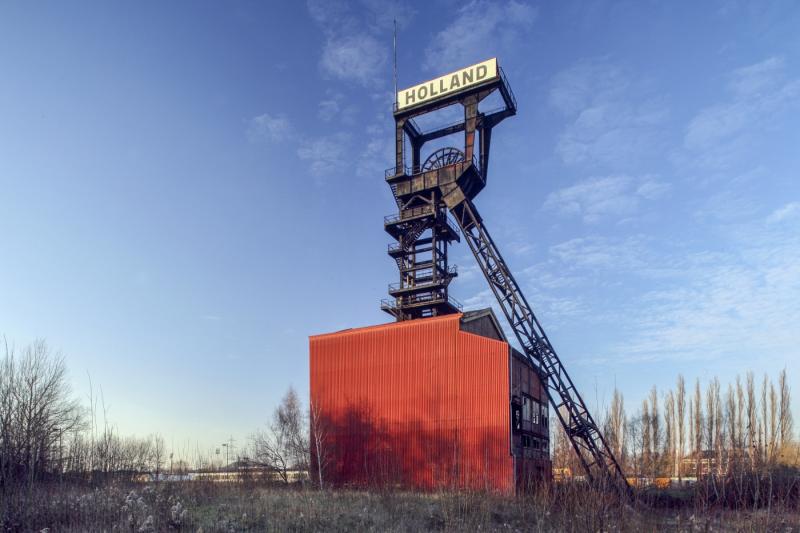
44866 Bochum
Distance: 0.78 km
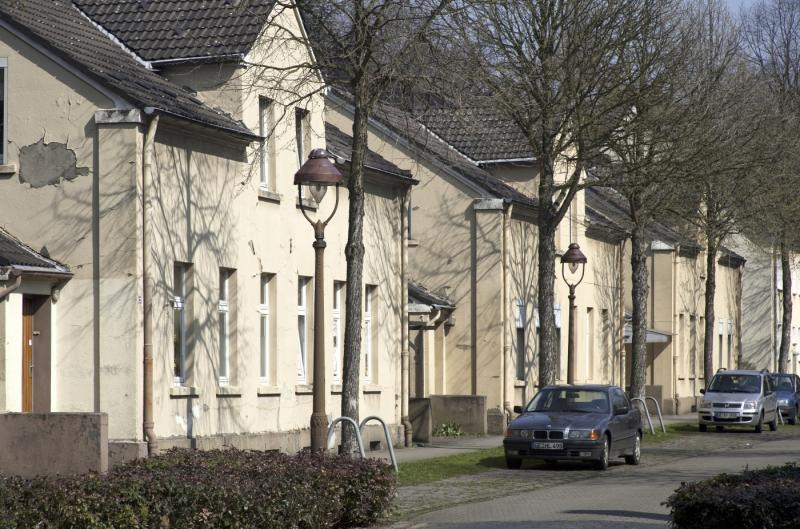
45886 Gelsenkirchen
Distance: 1.12 km
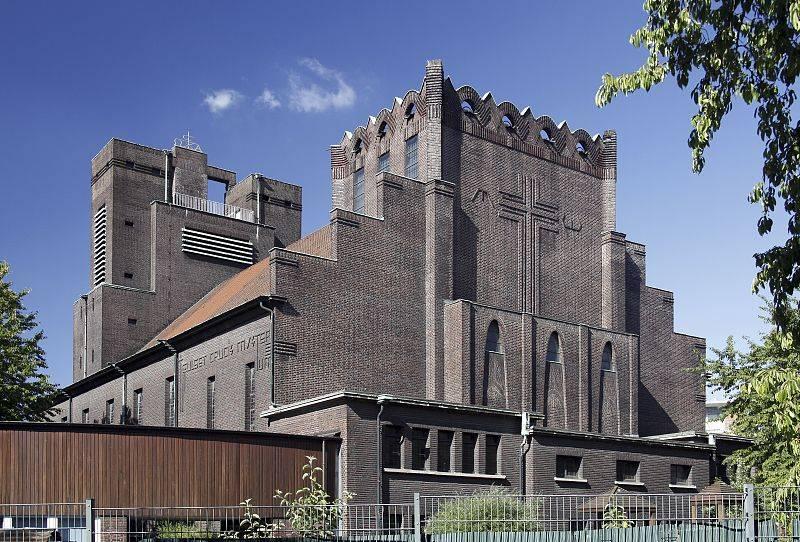
45886 Gelsenkirchen
Distance: 1.46 km
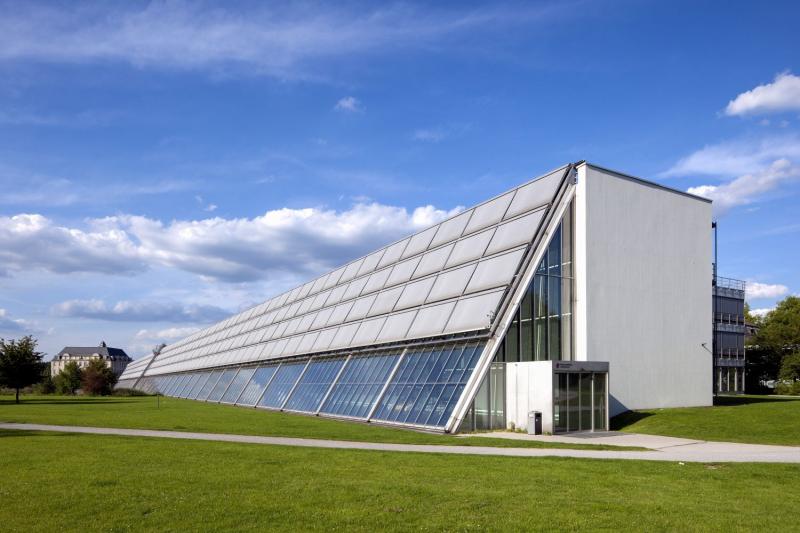
45886 Gelsenkirchen
Distance: 1.58 km
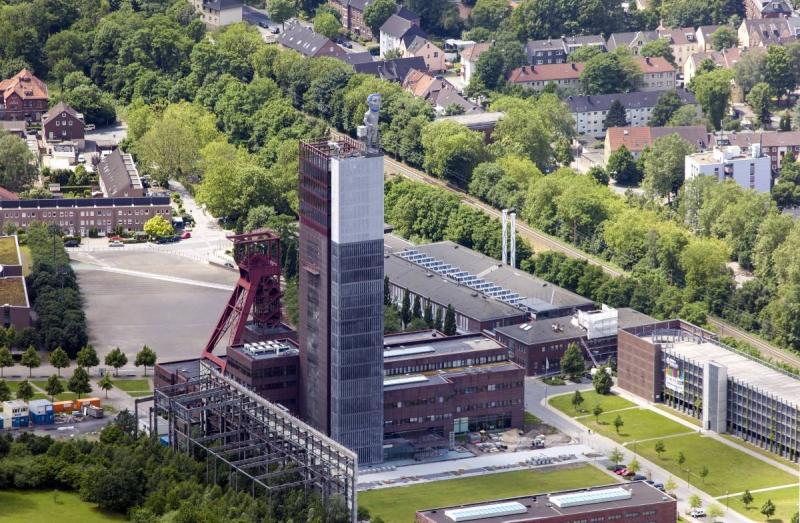
45899 Gelsenkirchen
For friends of Malakow towers, the former Zeche Holland pit in Gelsenkirchen-Ückendorf is very attractive. It is the only pit in the Ruhr area with two extant such towers. The machine shed stands right between them. This castle-like ensemble is from the early stage of the mining industry in the Ruhr area. The shaft was sunk from 1856; coal extraction started four years later.
The profitable mining industry lured a number of foreign investors to the Ruhr area. In this case, these were Dutchmen, as observant readers will have told from the name of the pit. Since outside Germany the legal form of a “Gewerkschaft” was unknown, the Dutch founded a corporation, which at that time was rare for a mining company.
Zeche Holland was successful for more than a hundred years. Its history was characterised by an integration with other companies or other pits. Holland became a combined pit. Between the world wars, 15 mining shafts were part of the combine. While on the founding pit, Holland ½, extraction was stopped in 1926, the shaft was still used for man-riding. About 100 years after the ground had been broken, though, Holland 1/2 was finally shut down completely.
The afore-mentioned ensemble aside, the workshops and machine shed from 1885 and a ventilation shed from 1925 are also extant. The latter had been designed by the industrial architects Fritz Schupp and Martin Kremmer. Zeche Holland shaft I/II has been renovated and converted since 2002 to develop residential and office buildings and a restaurant and a wine shop.
Awards:
Westfälisch-Lippischer Preis für Denkmalpflege 2009 (Land NRW und Landschaftsverband Westfalen-Lippe), Anerkennung
Author: Route der Industriekultur / Editorial baukunst-nrw
Last changed on 06.05.2024
Categories:
Engineering » Energy
Architecture » Commercial Buildings » Technical
Architecture » Residential buildings » Multiple Housing